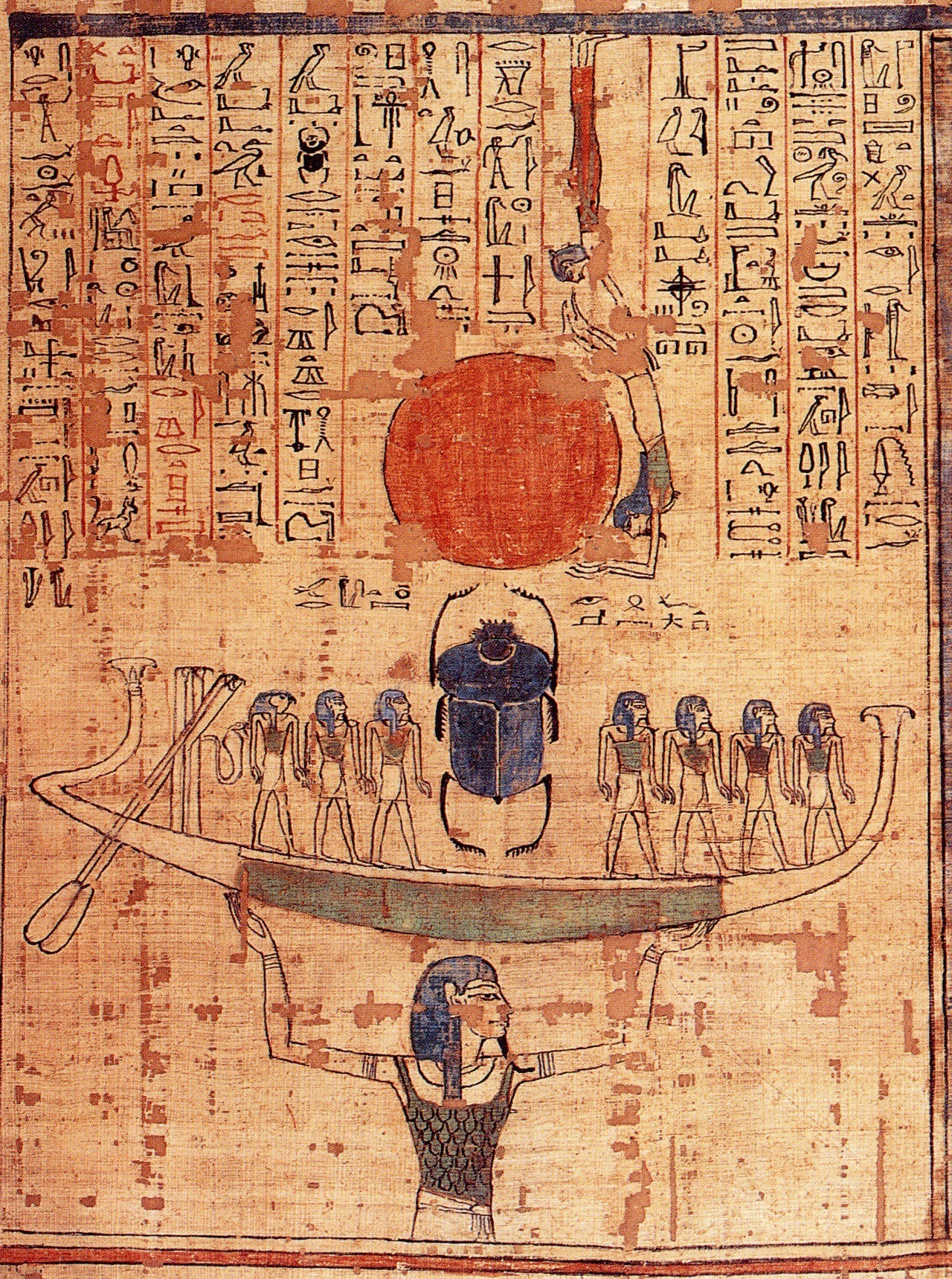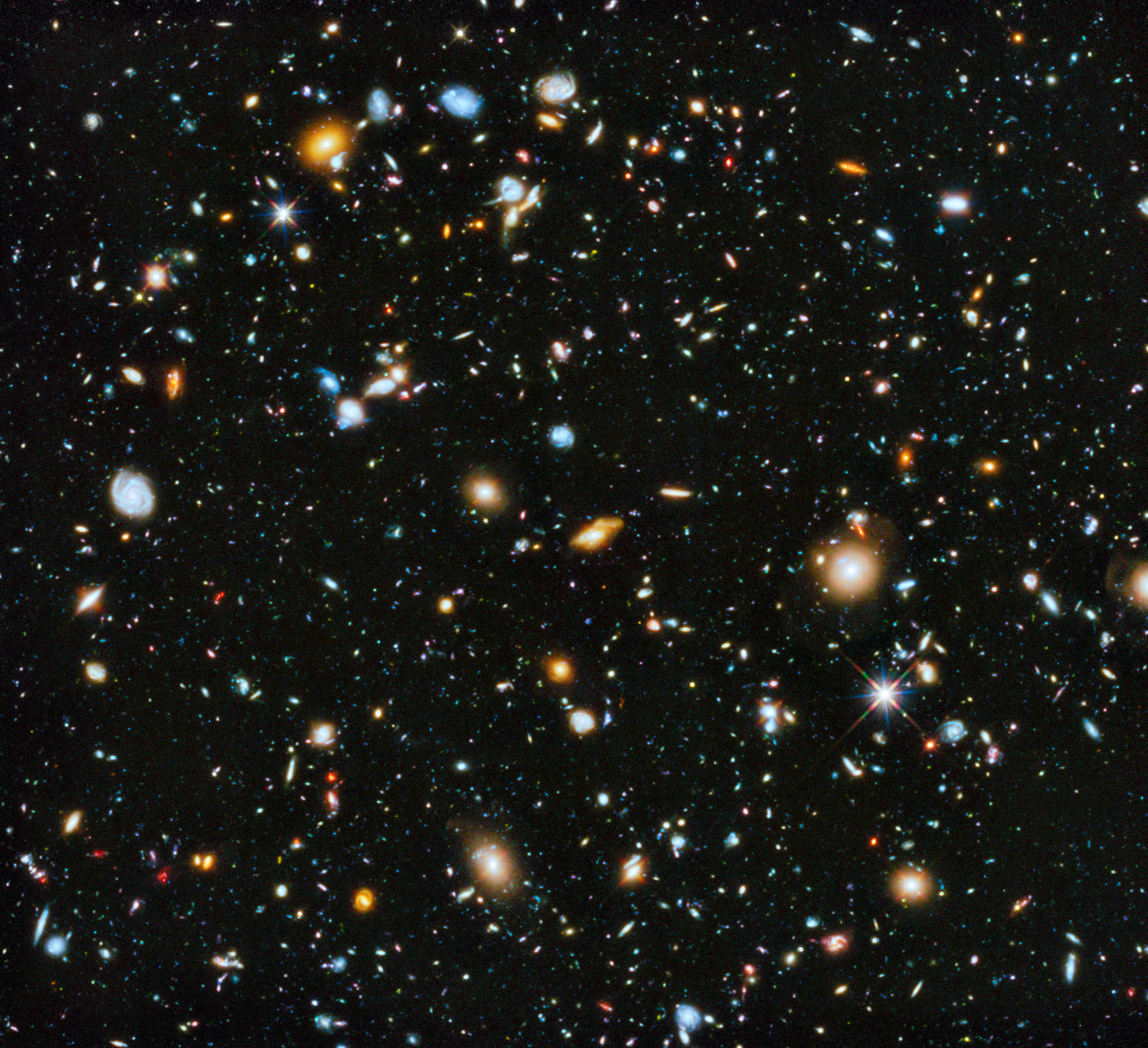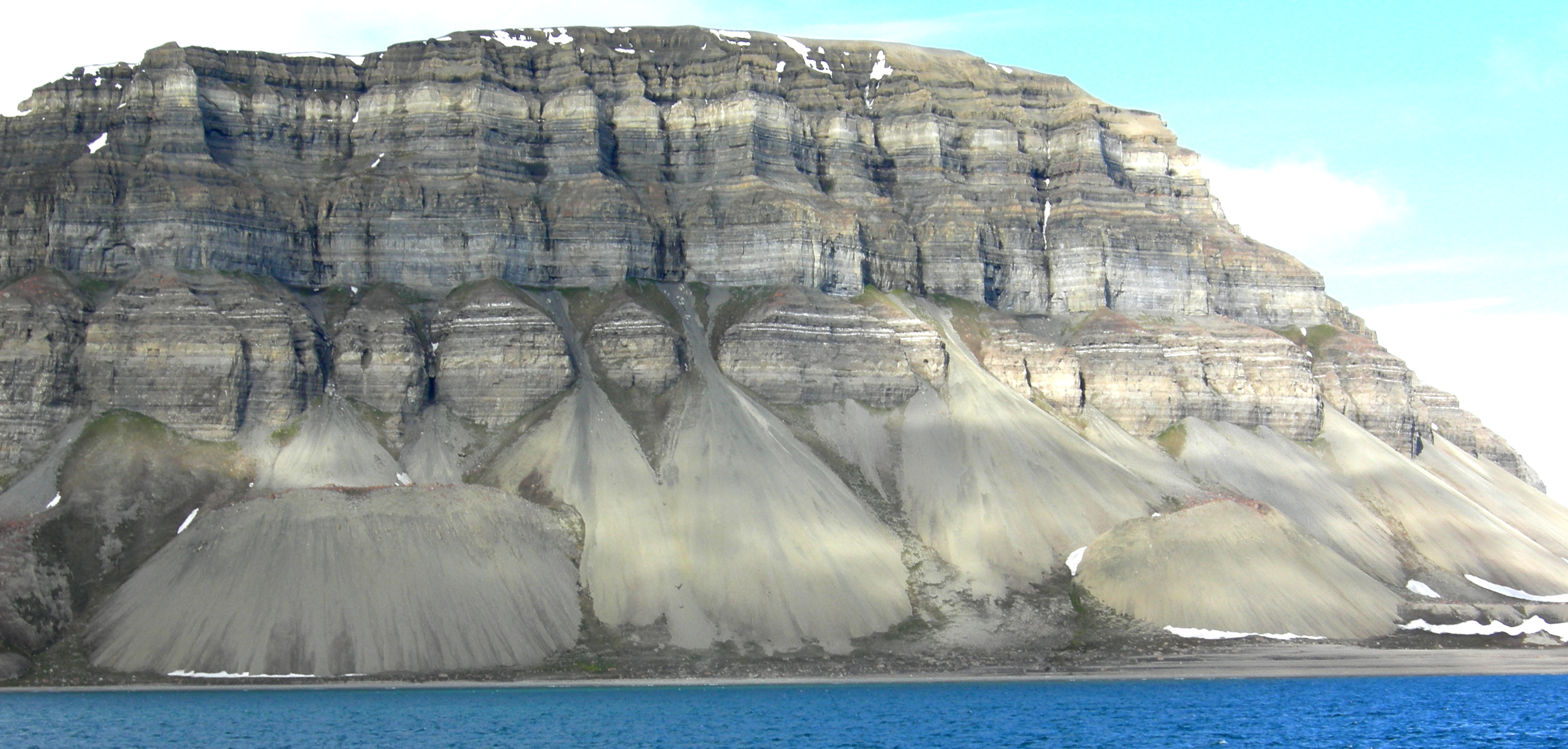|
Set Catena
Set Catena is a pit chain (''catena'') and likely tectonic fault located on Triton, the largest natural satellite of Neptune. It, along with Kraken Catena, is located near Leviathan Patera, a major cryovolcanic feature; as such, Set Catena may have played a role in rift-induced cryovolcanic activity in Leviathan Patera. Set Catena extends radially northwards from Leviathan Patera, terminating at another irregularly-shaped walled depression. Set Catena consists of semi-regularly spaced pits roughly separated from each other, with each pit being on average and up to deep. The pits may have formed from collapse or from explosive cryovolcanic eruptions, and may have been subsequently expanded by mass wasting processes. Set Catena may be a northeastern extension of Raz Fossae, a similar fault system southwest of Leviathan Patera. As with all other surface features of Triton, Set Catena was discovered when ''Voyager 2'' visited the Neptune system on 25 August 1989. It is named ... [...More Info...] [...Related Items...] OR: [Wikipedia] [Google] [Baidu] |
Kraken Catena
Kraken Catena is a crater chain, pit chain (''catena'') and likely Fault (geology), tectonic fault on Triton (moon), Triton, the largest natural satellite of Neptune. It, along with Set Catena, is located near and is aligned approximately radially from Leviathan Patera, a major cryovolcano, cryovolcanic feature; as such, Kraken Catena may have played a role in rift-induced cryovolcanic activity in Leviathan Patera. Several of Kraken Catena's pits have central steep-sided knobs, giving a moated appearance similar to the moated mountains found on Pluto's moon Charon (moon), Charon and Uranus's moon Ariel (moon), Ariel. As with all other surface features of Triton, Kraken Catena was discovered when ''Voyager 2'' visited the Neptune system on 25 August 1989. It is named after the Kraken of Norse mythology; the name was officially approved by the International Astronomical Union (IAU) in 1991. It is located at 14°N, 35.5°E, within Cipango Planum and Monad Regio. See also * List of ... [...More Info...] [...Related Items...] OR: [Wikipedia] [Google] [Baidu] |
Cryovolcano
A cryovolcano (sometimes informally referred to as an ice volcano) is a type of volcano that erupts gases and volatile material such as liquid water, ammonia, and hydrocarbons. The erupted material is collectively referred to as ''cryolava''; it originates from a reservoir of subsurface ''cryomagma''. Cryovolcanic eruptions can take many forms, such as fissure and curtain eruptions, effusive cryolava flows, and large-scale resurfacing, and can vary greatly in output volumes. Immediately after an eruption, cryolava quickly freezes, constructing geological features and altering the surface. Although rare in the inner Solar System, past and recent cryovolcanism is common on planetary objects in the outer Solar System, especially on the icy moons of the giant planets and potentially amongst the dwarf planets as well. As such, cryovolcanism is important to the geological histories of these worlds, constructing landforms or even resurfacing entire regions. Despite this, only a fe ... [...More Info...] [...Related Items...] OR: [Wikipedia] [Google] [Baidu] |
Geology Of Triton
The geology of Triton encompasses the physical characteristics of the surface, internal structure, and geological history of Neptune's largest moon Triton. With a mean density of , Triton is roughly 15-35% water ice by mass; Triton is a differentiated body, with an icy solid crust atop a probable subsurface ocean and a rocky core. As a result, Triton's surface geology is largely driven by the dynamics of water ice and other volatiles such as nitrogen and methane. Triton's geology is vigorous, and has been and continues to be influenced by its unusual history of capture, high internal heat, and its thin but significant atmosphere. Nearly nothing was known of Triton's geology until the ''Voyager 2'' spacecraft flew by the Neptune system in 1989, marking the first and only up-close observations of the moon as of 2024. A number of proposals have been made to follow up on ''Voyager 2''s discoveries, such as ''Trident'' and '' Triton Hopper''. Geological history Triton's retro ... [...More Info...] [...Related Items...] OR: [Wikipedia] [Google] [Baidu] |
List Of Geological Features On Triton
This is a list of named geological features on Triton. Catenae (crater chains) Cavi Tritonian cavi are named after mythological water spirits. Craters Dorsa (ridges) Fossae (ditches) Tritonian fossae are named after sacred bodies of water. Maculae (dark spots) Tritonian maculae are named after water spirits from various mythologies. Paterae (irregular craters) Tritonian paterae are named after sacred waters and sea monsters from various mythologies. Planitiae (plains) Tritonian plains are named after watery realms in various mythologies. Plana (plateaus) Tritonian plateaus are named after legendary islands. Plumes Volcanic plumes on Triton are named after water spirits in various mythologies. Regiones (regions) Tritonian regions are named after images from various mythologies. Sulci Sulci are long, parallel grooves. Tritonian sulci are named after sacred rivers in the mythology of various cultures. See also * Geology of Triton The ... [...More Info...] [...Related Items...] OR: [Wikipedia] [Google] [Baidu] |
International Astronomical Union
The International Astronomical Union (IAU; , UAI) is an international non-governmental organization (INGO) with the objective of advancing astronomy in all aspects, including promoting astronomical research, outreach, education, and development through global cooperation. It was founded on 28 July 1919 in Brussels, Belgium and is based in Paris, France. The IAU is composed of individual members, who include both professional astronomers and junior scientists, and national members, such as professional associations, national societies, or academic institutions. Individual members are organised into divisions, committees, and working groups centered on particular subdisciplines, subjects, or initiatives. the Union had 85 national members and 12,734 individual members, spanning 90 countries and territories. Among the key activities of the IAU is serving as a forum for scientific conferences. It sponsors nine annual symposia and holds a triannual General Assembly that sets policy ... [...More Info...] [...Related Items...] OR: [Wikipedia] [Google] [Baidu] |
Egyptian Mythology
Egyptian mythology is the collection of myths from ancient Egypt, which describe the actions of the Egyptian pantheon, Egyptian gods as a means of understanding the world around them. The beliefs that these myths express are an important part of ancient Egyptian religion. Myths appear frequently in Egyptian Ancient Egyptian literature, writings and Art of ancient Egypt, art, particularly in short stories and in religious material such as hymns, ritual texts, Ancient Egyptian funerary texts, funerary texts, and Egyptian temple, temple decoration. These sources rarely contain a complete account of a myth and often describe only brief fragments. Inspired by the cycles of nature, the Egyptians saw time in the present as a series of recurring patterns, whereas the earliest periods of time were linear. Myths are set in these earliest times, and myth sets the pattern for the cycles of the present. Present events repeat the events of myth, and in doing so renew ''maat'', the fundament ... [...More Info...] [...Related Items...] OR: [Wikipedia] [Google] [Baidu] |
Deity
A deity or god is a supernatural being considered to be sacred and worthy of worship due to having authority over some aspect of the universe and/or life. The ''Oxford Dictionary of English'' defines ''deity'' as a God (male deity), god or goddess, or anything revered as divine. C. Scott Littleton defines a deity as "a being with powers greater than those of ordinary humans, but who interacts with humans, positively or negatively, in ways that carry humans to new Higher consciousness, levels of consciousness, beyond the grounded preoccupations of ordinary life". Religions can be categorized by how many deities they worship. Monotheism, Monotheistic religions accept only one deity (predominantly referred to as "God"), whereas Polytheism, polytheistic religions accept multiple deities. Henotheism, Henotheistic religions accept one God, supreme deity without denying other deities, considering them as aspects of the same divine principle. Nontheistic religions deny any supreme eter ... [...More Info...] [...Related Items...] OR: [Wikipedia] [Google] [Baidu] |
Mass Wasting
Mass wasting, also known as mass movement, is a general term for the movement of rock (geology), rock or soil down slopes under the force of gravity. It differs from other processes of erosion in that the debris transported by mass wasting is not Entrainment (physical geography), entrained in a moving medium, such as water, wind, or ice. Types of mass wasting include Downhill creep, creep, solifluction, rockfalls, debris flows, and landslides, each with its own characteristic features, and taking place over timescales from seconds to hundreds of years. Mass wasting occurs on both terrestrial and submarine slopes, and has been observed on Earth, Mars, Venus, Jupiter's moon Io (moon), Io, and on many other bodies in the Solar System. Subsidence is sometimes regarded as a form of mass wasting. A distinction is then made between mass wasting by subsidence, which involves little horizontal movement, and mass wasting by slope movement. Rapid mass wasting events, such as landslides, ca ... [...More Info...] [...Related Items...] OR: [Wikipedia] [Google] [Baidu] |
Neptune
Neptune is the eighth and farthest known planet from the Sun. It is the List of Solar System objects by size, fourth-largest planet in the Solar System by diameter, the third-most-massive planet, and the densest giant planet. It is 17 times the mass of Earth. Compared to Uranus, its neighbouring ice giant, Neptune is slightly smaller, but more massive and denser. Being composed primarily of gases and liquids, it has no well-defined solid surface. Neptune orbits the Sun once every 164.8 julian year (astronomy), years at an orbital distance of . It is named after Neptune (mythology), the Roman god of the sea and has the astronomical symbol representing Trident of Poseidon, Neptune's trident. Neptune is not visible to the unaided eye and is the only planet in the Solar System that was not initially observed by direct empirical observation. Rather, unexpected changes in the orbit of Uranus led Alexis Bouvard to hypothesise that its orbit was subject to gravitational Pe ... [...More Info...] [...Related Items...] OR: [Wikipedia] [Google] [Baidu] |
Leviathan Patera
Leviathan Patera is a major cryovolcanic caldera on Neptune's largest moon Triton. Discovered by the ''Voyager 2'' spacecraft in 1989, Leviathan Patera is located in Monad Regio and within Cipango Planum's western regions. Leviathan Patera is approximately in diameter and may be the center of one of the largest cryovolcanic or volcanic edifices in the Solar System. Discovery and naming Leviathan Patera, first viewed by the ''Voyager 2'' spacecraft on its flyby of the Neptune system on 25 August 1989, is named after the biblical Hebrew sea serpent, the Leviathan. The name was officially approved by the International Astronomical Union (IAU) in 1991. Geology Leviathan Patera is a large, steep-sided depression with a number of arcuate scarps; its general structure strongly resembles that of terrestrial collapse calderas on Earth. The northern half of Leviathan Patera's floor is ~ deep and largely flat, though an irregular plateau interrupts the flat floor. In contrast, the so ... [...More Info...] [...Related Items...] OR: [Wikipedia] [Google] [Baidu] |
Natural Satellite
A natural satellite is, in the most common usage, an astronomical body that orbits a planet, dwarf planet, or small Solar System body (or sometimes another natural satellite). Natural satellites are colloquially referred to as moons, a derivation from the Moon of Earth. In the Solar System, there are six planetary satellite systems containing 418 known natural satellites altogether. Seven objects commonly considered dwarf planets by astronomers are also known to have natural satellites: , Pluto, Haumea, , Makemake, , and Eris. As of January 2022, there are 447 other minor planets known to have natural satellites. A planet usually has at least around 10,000 times the mass of any natural satellites that orbit it, with a correspondingly much larger diameter. The Earth–Moon system is a unique exception in the Solar System; at 3,474 kilometres (2,158 miles) across, the Moon is 0.273 times the diameter of Earth and about of its mass. The next largest ratios are the N ... [...More Info...] [...Related Items...] OR: [Wikipedia] [Google] [Baidu] |
Fault (geology)
In geology, a fault is a Fracture (geology), planar fracture or discontinuity in a volume of Rock (geology), rock across which there has been significant displacement as a result of rock-mass movements. Large faults within Earth's crust (geology), crust result from the action of Plate tectonics, plate tectonic forces, with the largest forming the boundaries between the plates, such as the megathrust faults of subduction, subduction zones or transform faults. Energy release associated with rapid movement on active faults is the cause of most earthquakes. Faults may also displace slowly, by aseismic creep. A ''fault plane'' is the Plane (geometry), plane that represents the fracture surface of a fault. A ''fault trace'' or ''fault line'' is a place where the fault can be seen or mapped on the surface. A fault trace is also the line commonly plotted on geological maps to represent a fault. A ''fault zone'' is a cluster of parallel faults. However, the term is also used for the zone ... [...More Info...] [...Related Items...] OR: [Wikipedia] [Google] [Baidu] |







